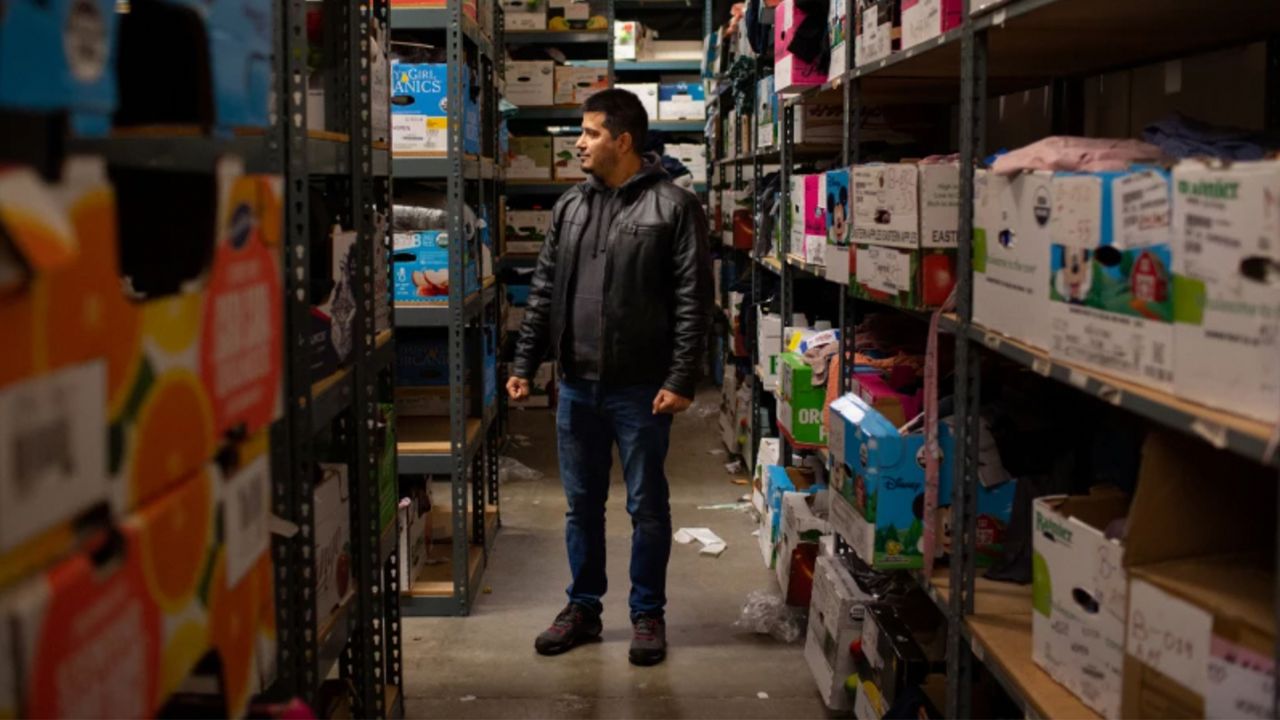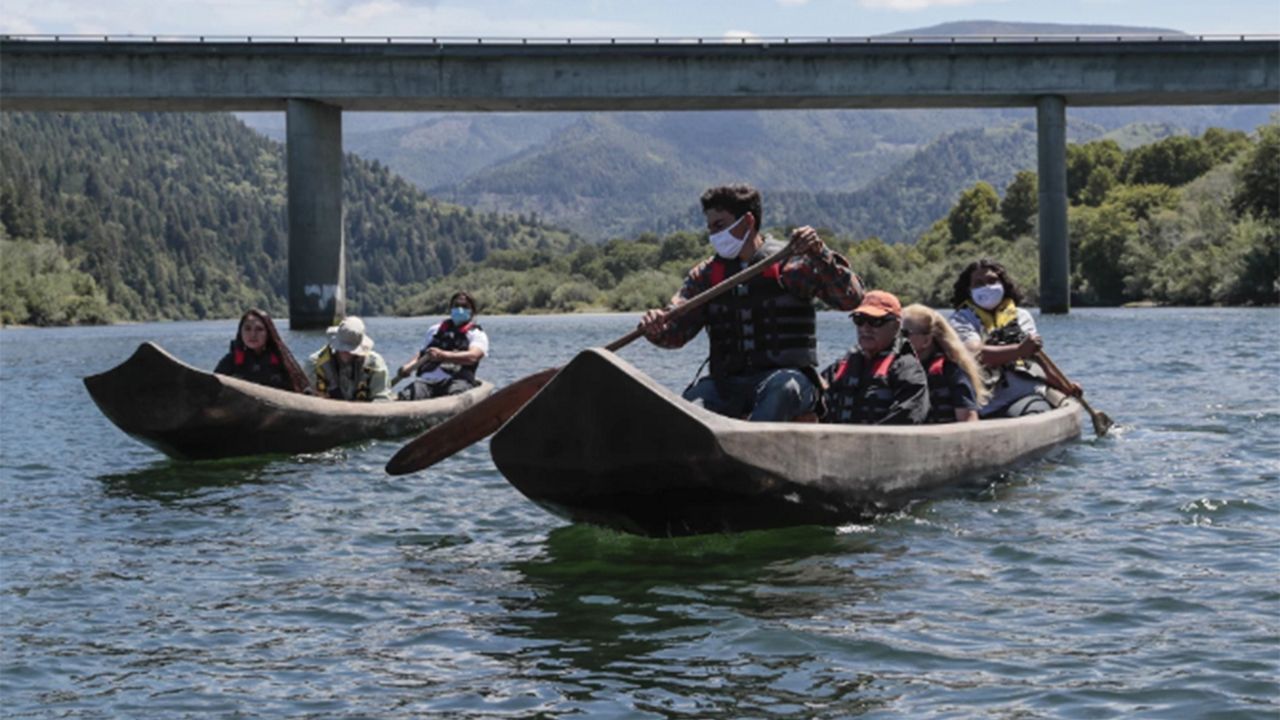Every weekend, lowriders and custom cars cruise the streets across the Southland. And while lowriding in LA has been around for decades, cruising is reaching new heights and is back in a significant way.
In an interview for "LA Times Today," staff writer Daniel Hernandez joined host Lisa McRee to talk about the historical significance of lowriders.
Cruising became popular around the 1950s but blew up in the San Fernando Valley and East Los Angeles in the 1970s.
“It became this ritual or social gathering in which young people—long before cellphones—shared information about parties and other types of gatherings. They lived part of their social life while cruising down major boulevards in their vehicles,” said Hernandez.
Hernandez says one of the historical and popular locations for cruising is Van Nuys Boulevard in the San Fernando Valley.
“Around 2009, there seemed to be an interest in gathering once again and showing off lowrider cars. Lowriders are slightly dropped and have hydraulic switches, which allow them to hop and bounce and do all kinds of tricks. And, despite decades of police cracking down on the practice in various parts of LA County, it was kind of making a comeback. And a couple of years ago, it really started making a comeback. So Van Nuys Boulevard once again flourished into this cruising scene and draws all kinds of vehicles from lowriders to trucks, and it is a street gathering that is hard to define but is always there, and people really rely on it.”
The coronavirus pandemic is partly responsible for the recent interest in cruising.
“What I found interesting and what drew me to this story initially, was that the practice grew last summer. It was sticking to the culture of the city. And what I found out in talking to people was that the pandemic actually made this activity kind of normal in other contexts like funerals, graduations, and protests. While the coronavirus struck people in Los Angeles County, there was also interest in gatherings and cruising. Cruising is actually safe in the sense that it does involve social distancing. So for that reason, I found it interesting that it made sort of a different kind of renaissance in the past 12 months,” added Hernandez.
Hernandez says people try to associate illegal street racing with cruising, but it is not the same.
“Street racing is a huge nuisance and a danger to pedestrians, and police have a hard time cracking down on the practice. Cruisers are separate from the younger motorists who are street racers or do burnouts that are pretty dangerous and take lives too frequently. So, the cruisers are very adamant and make that point very clear, and try to police this sort of activity among the people who come out to gather on Van Nuys Boulevard and in other parts of LA,” Hernandez said.
Today, both police authorities and car cruisers say relations are better than they have ever been.
“Van Nuys Boulevard was also very interesting because there were a lot of intense complaints from some of the neighbors saying the street racers doing burnouts were also racing on residential streets, which is very dangerous. So neighbors complained to city council member Nithya Raman, who has a really strange district. They ended up doing a behind-the-scenes deal where they moved the cruise to a commercial strip near Van Nuys City Hall, and the complaints dropped. That allowed the cruises to continue with the cooperation of the police. And I think there is a delicate balance in relations—they do toy drives and fundraisers during the cruises as well with the blessing of police officers in Van Nuys. They told me they tried to keep the peace which underscores well to the neighbors to differentiate the street racers from old school cruisers,” said Hernandez.
Click the arrow above to watch the segment.
Watch "LA Times Today" at 7 and 10 p.m. Monday through Friday on Spectrum News 1 and the app.











